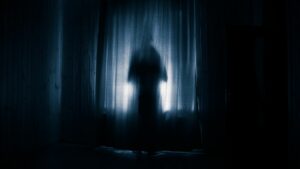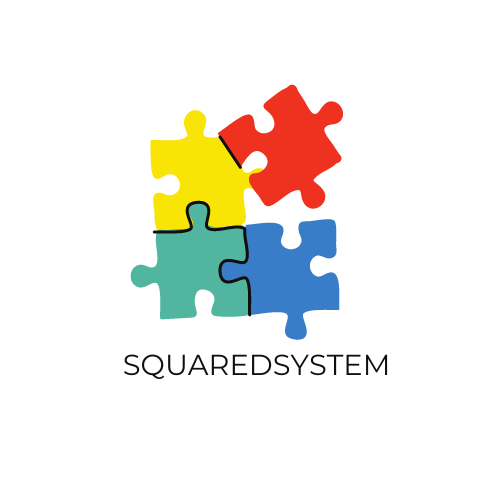In the thrilling intersection of science fiction and horror, a unique genre of video games has emerged. They’re not just games; they’re immersive experiences that transport players to eerie, otherworldly realms, where every corner turned could reveal unimaginable terrors.
Sci-fi horror games are a blend of chilling narratives, mind-bending puzzles, and adrenaline-fueled action sequences. They’ve become a playground for gamers seeking the thrill of fear, the excitement of the unknown, and the satisfaction of overcoming challenges.

Sci Fi Horror Games
Sci fi horror games, blending elements of science fiction and horror, plunge players into foreboding, extraterrestrial landscapes engulfed by unnamed fears. These games captivate not only with unsettling narratives but also with enigmatic puzzles, and high-impact action scenes. They imbue a sense of dread yet offer the thrill of exploration and the gratification from surmounting daunting obstacles. Players can expect a concoction of advanced technology, alien lifeforms, and complex storylines. Examples include iconic titles like “Dead Space,” replete with grotesque alien creatures, and “Soma,” recognized for its deep-sea alien environment. It’s through combining the unknown of outer space or dystopian futures with the primal fear evoked by horror that these games earn their place in the vast gaming landscape.
History of Sci Fi Horror Games
Trace the history of sci-fi horror games and you’ll find it rooted in the 1980s. Games like “The Lurking Horror” released in 1987, set, you guessed it, a precedent. These early forays into the genre employed text-based formats, challenging players to navigate horrifying scenarios using their imagination and skills. Jump to 1992, and games like “Alone in the Dark” upped the ante, introducing graphical interfaces and real-time gameplay that amplified the horror elements. But it wasn’t until the late ’90s and early 2000s that high-profile titles like “System Shock 2” and “Resident Evil,” respectively, took center stage. These games utilized advanced computer graphics and narrative techniques to offer experiences fraught with tension and fear. Now, modern titles like “Dead Space” and “Soma” push the bar higher, integrating elements of advanced technology and alien lifeforms with storytelling that imbues each player encounter with dread. The evolution of sci-fi horror games mirrors the advancement in gaming technology itself, an intriguing tale of growth and innovation.

Iconic Sci Fi Horror Games
Numerous sci-fi horror games have marked their place in the genre. For instance, “Alien: Isolation” immerses players into an environment of constant fear and suspense, with its cinematography reminiscent of Ridley Scott’s original film. Another iconic game, “S.T.A.L.K.E.R.: Shadow of Chernobyl,” meshes together elements of stalking dread in an atmospheric setting. The game “Outlast” turns the tables on players, setting them as defenseless protagonists navigating a path through terrifying and gruesome scenes. Also, “Bioshock,” with its dystopian underwater city, introduces unique horror elements in a science fiction setting. Each of these games, through their complex narrative threads and truly terrifying atmospheres, has augmented the evolution of the sci-fi horror genre, providing players with unforgettable experiences.
Impact of Sci Fi Horror Games on Gaming Culture
Sci-fi horror games have left an indelible mark on the gaming culture. They’ve not only pushed the boundaries of technology but also challenged players to navigate through chilling narratives and eerie realms. Games like “System Shock 2,” “Resident Evil,” and “Dead Space” have set a benchmark in the genre, offering immersive experiences that are both terrifying and thrilling.

The evolution of these games, from text-based to advanced graphical interfaces, is a testament to their influence. They’ve turned the gaming world into a playground for our deepest fears, making us question reality and our perception of it.
The legacy of iconic games like “Alien: Isolation,” “S.T.A.L.K.E.R.: Shadow of Chernobyl,” “Outlast,” and “Bioshock” continues to shape the future of the genre. These games have not only entertained but also redefined what it means to be a sci-fi horror game, leaving players eagerly anticipating what’s next.

